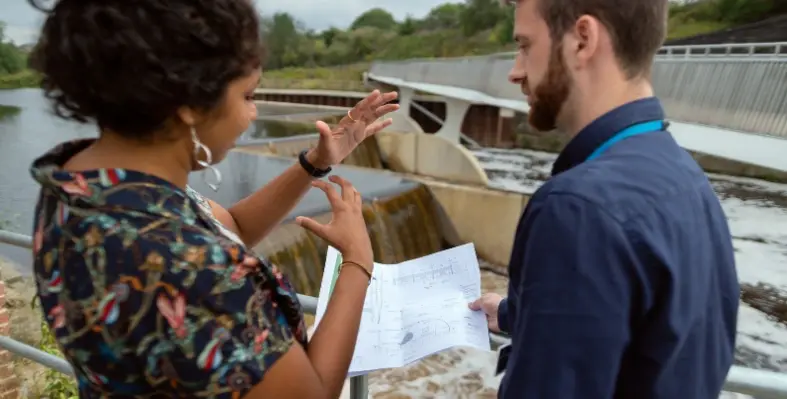As climate change intensifies water scarcity, pollution, and extreme weather events, the need for smarter water management has never been more pressing.
Gregg Herrin, Bentley Systems vice president for water, explains how digital twins offer a transformative solution, enabling utilities and governments to optimise water resources, enhance sustainability, and safeguard communities. With aging infrastructure and rising environmental challenges, adopting these technologies now is not just an opportunity—it is an urgent necessity. This the last article in this series.
The examples shown earlier illustrate what’s possible when digital twins are used to address water issues at the source. Even as these problems become more severe, technology is continuing to adapt and evolve.
By leveraging digital twins, the water management sector can optimise source water management, improve sustainability, and enhance overall water security, ensuring that utilities can meet the demands of their customers while protecting and sustaining vital water resources.
Climate urgency
Urban planners, governmental leaders, and other stakeholders are also at a crossroads. As climate change results in more damaging storms, droughts, and depleted or polluted water supplies, delivering clean water to support both people and the environment, along with elevating agriculture while preserving natural habitats, will become an even greater challenge.
We have not only an opportunity but also an ethical obligation to leverage technology toward these goals, transforming the water management sector in a way that is both climate change-proof and sustainable.
The time to implement these solutions is now, before it’s too late. With increasing pressure from climate change, aging infrastructure, and regulatory and environmental requirements, the opportunity to fundamentally change the way we manage water for the better, by using digital solutions, is tangible and present.
Digital twins provide the predictive and real-time capabilities to respond to these dynamic conditions—and the beneficiaries of these digitally driven decisions are not only today’s communities, but those of the future.
In a previous post, we looked at how digital twins can ensure sustainable practices and help conserve water. Advanced technologies like smart meters, real-time data analytics, IoT, AI, and digital twins are transforming water management by enhancing monitoring, improving predictive capabilities, and enabling more informed decision-making. These innovations help minimise water waste and safeguard supplies from contamination.
We also highlighted a few case studies in this regard. The Sacramento Regional Sanitation Department began upgrading its water management infrastructure in 2010 to address California’s chronic water shortages. The EchoWater Project, a US$2.1bn initiative managed by Project Controls Cubed (PC3), aimed to meet new discharge standards and provide high-quality recycled water for local agriculture.





